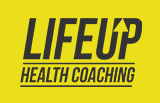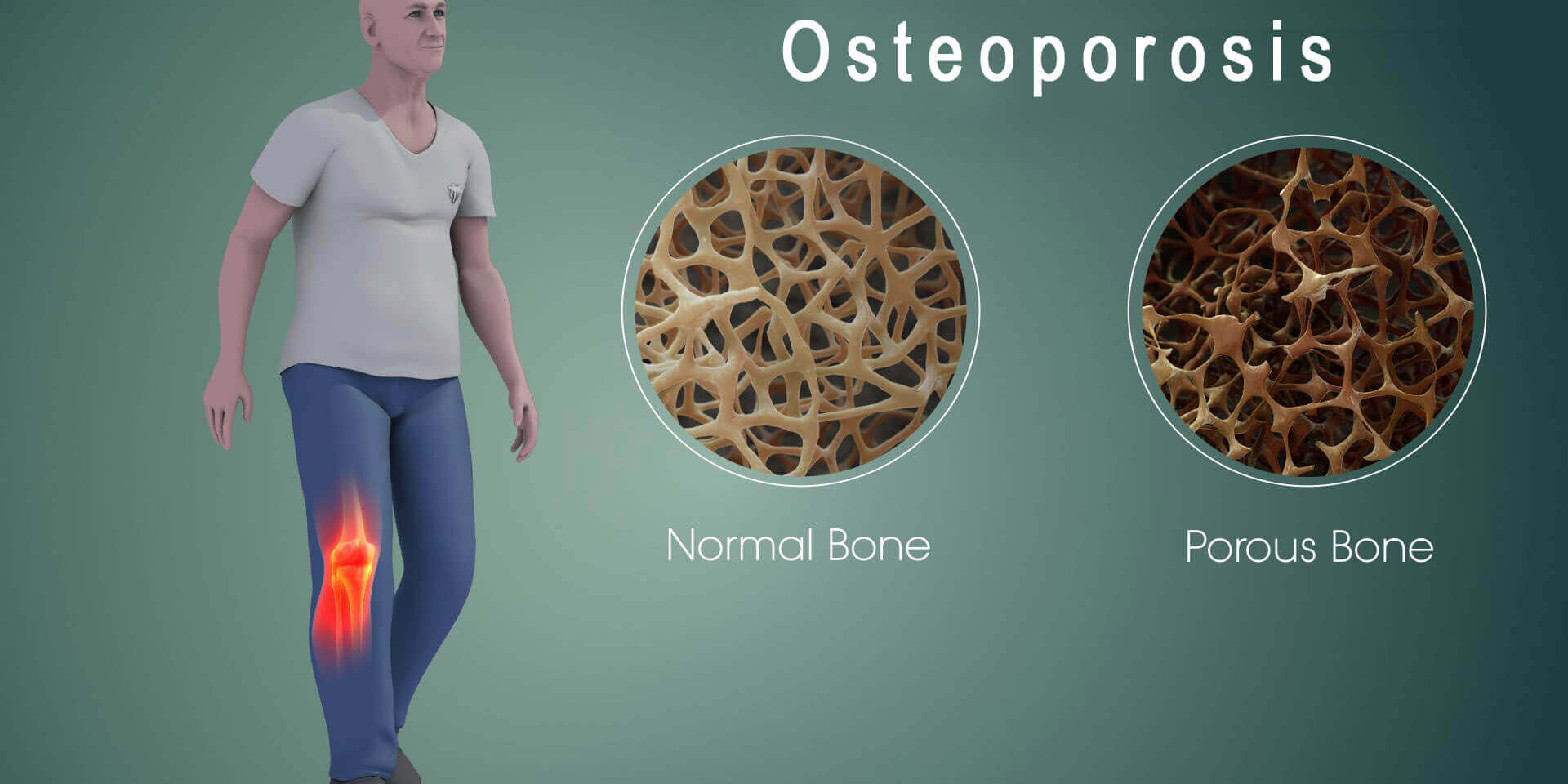Osteoporosis is a disease that makes bones weaken to the point where they can easily break – most frequently, bones in the spine, hip, and wrist. People call osteoporosis a “silent disease” because it’s possible not to notice any changes in the bones until one breaks – even though the bone had been losing strength for years.
Bone is made up of living tissue. To maintain strength in the bones, your body continually replaces old, broken down bones with new bone tissue. At about the age of 30, bone mass stops increasing, and the goal to keeping bones healthy is to maintain as much bone as possible for as long as possible. Once people become 40 or 50, they may be breaking down more bone than they are replacing.
Taking a closer look at the inside of bones reveals a honeycomb shape. If you’ve got osteoporosis, the spaces inside this honeycomb get bigger, and the bone that makes up the honeycomb grows smaller. Your bones’ outer shell also thins out. All of this adds up to weaker bones.
Who Osteoporosis Affects
Osteoporosis is most common among older women, although men also have the disease. White and Asian women have osteoporosis in larger numbers. Other people at greater risk include women who:
- Have a slight body frame
- Had menopause early
- Took certain medications for asthma or arthritis and some cancer medications
- Used certain medicines for a prolonged time
- Have a family history of osteoporosis or broken bones
- Have had their ovaries removed surgically before periods ended
- Did not get enough calcium and/or vitamin D during their lives
- Smoked (smokers may get less calcium through their diets)
- Stayed in bed often or were inactive physically.
Calcium, Vitamin D and Bones
One risk factor for osteoporosis is having a deficit of dietary calcium, the mineral that strengthens bones, as well as aiding a host of other bodily functions, like nerve signal transmission and muscle contractions. To restore normal levels of calcium when blood levels fall, your bones “give up” calcium. But as your body withdraws calcium and other minerals, your bones begin to weaken.
For decades, the medical community has advised older people to take vitamin D supplements and calcium to help maintain bone density. The Institute of Medicine recommends 1,200 milligrams (mg) of calcium daily for women over 50 and men over 70, and 600 international units (IU) of vitamin D.1 In addition, doctors advise taking magnesium, vitamin K, boron, and silicon.
But do calcium and vitamin D help you to maintain bone density?
Two 2015 papers published in the British Medical Journal suggest they may not. The first paper analyzed 59 studies on bone mineral density and the impact of having added calcium in supplements or food (calcium plus or minus vitamin D). For the first year or so, the additional calcium generated small increases in bone mineral density, but researchers found the change was not likely to lessen the risk of bone fracture (osteoporosis’ most dire consequence).
The second BMJ paper addressed the issue of preventing bone fractures. The study researched the effect of calcium supplements and dietary calcium on the risk of fracture in women over age 50. The conclusion they reached? Neither calcium supplements nor dairy food delivered significant protection against broken bones.
How to Overcome Osteoporosis
So, how is it possible to protect your bones and prevent the disability and pain of brittle, broken bones? Happily, activities that help to preserve bone also can help to avert other major diseases, such as cancer and heart disease. As well as refraining from smoking and heavy drinking, here are some things you can engage in to help preserve your bones:
Strength Training, Weight-Bearing and Balancing Exercises
As a personal health coach la, I recommend three kinds of osteoporosis exercises that are crucial to build and maintain bone density: resistance exercises, weight-bearing exercises, and balance training.
Resistance Exercises
These activities are when you move a weight, your body, or another resistance against gravity. They include:
- Functional movement, like standing and rising up on your toes
- Weightlifting
- Using weight equipment
- Lifting your own bodyweight
- Using elastic exercise bands.
Weight-Bearing Exercises
These activities can be high-impact or low-impact. They include exercises in which you stay upright while moving your body against gravity.
High-impact weight-bearing exercise helps to build up bones and maintain their strength. If you have osteoporosis and have broken a bone, you may need to avoid these exercises.
Some examples of high-impact weight-bearing exercises include:
- High impact aerobics
- Jogging
- Jump-roping
- Hiking
- Dancing
- Stair climbing
Low-impact weight-bearing exercises can also help with strengthening bones and are recommended if you are not able to do high-impact activities. Some examples of low-impact weight-bearing exercises include:
- Low-impact aerobics
- Stair-step equipment
- Elliptical training machines
- Speed walking outside or on a treadmill.
Balance Training
Exercises such as Tai Chi and yoga can also improve flexibility, balance, and strength. In fact, one 10-yearlong study that Topics and Geriatric Rehabilitation published demonstrated that as little as 12 minutes of yoga daily could reverse bone mineral loss in the thigh bone, spine, and possibly the hips.
In my practice as a Los Angeles health coach, I have helped many clients restore bone health through nutritional supplementation and exercise.
Health Coach, Manhattan Beach
If you are seeking:
- Integrative health coaching in LA
- Online fitness coaching in LA
- In person or online integrative health coaching
- A nutrition coach, Los Angeles
- A corporate health coach, Los Angeles
Derek Opperman of LifeUp Health Coaching offers competent, compassionate care. Whether you live outside of Los Angeles and are interested in online integrative health coaching or you live in the Hollywood, LA area and have been seeking a “health coach near me,” we invite you to reach out. Derek can help you to meet all of your personal wellness goals.
1. https://www.nationalacademies.org/our-work/dietary-reference-intakes-for-vitamin-d-and-calcium
2. https://www.bmj.com/content/351/bmj.h4183
3. https://www.bmj.com/content/351/bmj.h4580
4.https://journals.lww.com/topicsingeriatricrehabilitation/Fulltext/2016/04000/Twelve_Minute_Daily_Yoga_Regimen_Reverses.3.aspx







